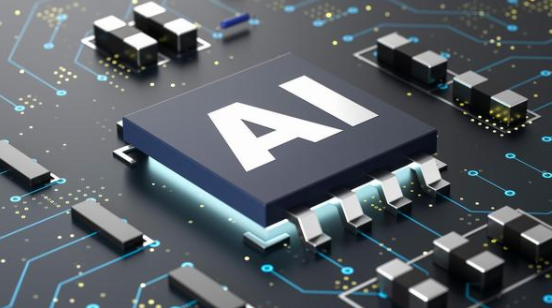As artificial intelligence (AI) leads the wave of innovation in the microelectronics industry, the problem of power supply has become a major bottleneck in the current AI development. Mike Ranjram, assistant professor at Arizona State University, shared his insights on the challenges of powering data centers in the AI ecosystem with professionals in advanced packaging at an event. He pointed out that the growing demand for electricity from AI is putting enormous pressure not only hindering the further development of the technology, but also potentially burdening the power grid.
How big is the demand for AI electricity?
The development of AI requires massive amounts of electricity. Ranjram mentioned that Arizona's grid peak load will grow by 40% over the next five years. Currently, the local Arizona Public Service Corporation (APS) alone has received applications for 10 gigawatts (GW) of electricity from data centers to connect to the grid. What is the concept of 10 gigawatts? That's roughly equivalent to the combined capacity of several large power plants, which is a sign of the enormous demand and the trend continues.
How to Solve the Problem of AI Power Supply?
Ranjram presents several core technical concepts that help us understand the key to addressing the challenges of AI power consumption:
Upstream Converters
An upstream converter is a device that increases the electrical voltage to meet higher voltage requirements.
Power Isolation
It is a technology that protects electronic components from electric shock, which improves system safety.
Power Factor Correction
Reduce power waste by improving the efficiency of power conversion.
These technologies need to work together, and if one of these areas goes wrong, it can lead to bottlenecks in the entire power supply system. Ranjram figuratively says, "When the voltage goes up, people feel like the problem is solved." But then the current increases, and it goes back to the same predicament.”
To alleviate the pressure on the power supply, one of the current solutions is to increase the power density of the upstream converter, i.e. transmit more power in the same volume. For example, the gradual transition from a traditional 12V converter to a 48V converter. This short-term solution can alleviate the problem temporarily, but it is not a long-term solution, as the demand for electricity for AI continues to climb.
The role of a point load converter (POL).
In addition to upstream converters, Point-of-Load Converters (POLs) also play an important role in power supply. POL is a DC-DC converter located close to the load location and is widely used to power high-performance semiconductors. Ranjram mentions that most current POLs use multiphase buck converter technology, which is mature and reliable, but faces bottlenecks in scaling performance.

Figure: Analyzing the high energy consumption requirements of artificial intelligence
Even so, POL still has a number of advantages:
Parallelization: By connecting multiple power sources to evenly share the load, the total current capacity is increased.
Broad support: There is a high level of acceptance of this technology in the market.
Adaptability: This approach has been widely adopted in existing data center architectures and does not require significant modifications.
In fact, the importance of POL is undeniable in the current industry. In the case of NVIDIA's H100 GPU, Ranjram points out that most of the area on this top-of-the-line graphics card is actually 28 power converters that provide the power needed for the main chip.
The solution of the future: vertical power transmission
Ranjram suggested that Vertical Power Delivery (VPD) may be a solution in the future. Unlike current horizontal power transmission methods, VPD can significantly reduce the impedance (resistance to current) in the current transmission path, thereby reducing power losses. In addition, VPD reduces the resistance and inductance of the system, further improving power supply efficiency.
Summary and outlook
The power demand for AI is a complex issue that needs to be addressed in the short term by increasing power density and technology optimization, while in the long term, new solutions such as vertical power transmission are likely to lead the way in the future. Despite the challenges, the rapid advancement of technology has us looking forward to the solutions of the future.
Link to original article:https://www.3dincites.com/2024/12/unpacking-ais-power-hungry-demands/






